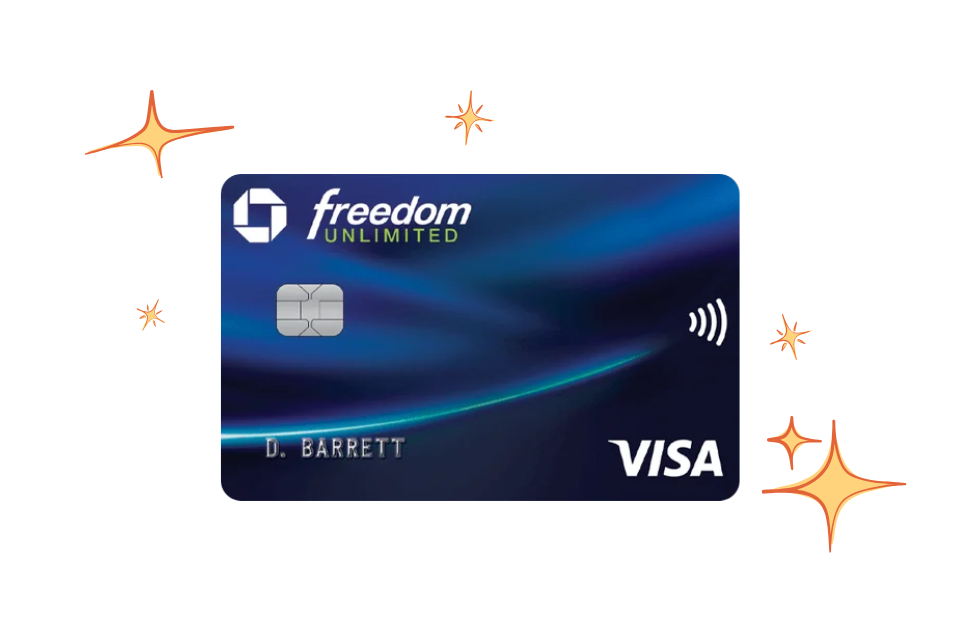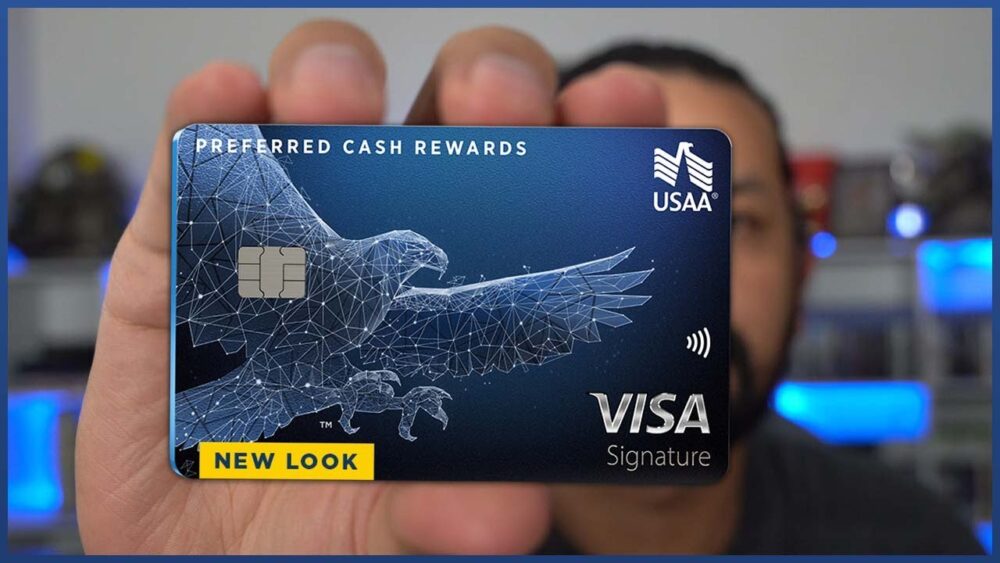Payment Strategies: How to Avoid High Interest on Credit Cards

Effective Payment Strategies for Managing Credit Card Debt
Credit cards can be a double-edged sword; they offer convenience and benefits such as rewards and cash back, but they also come with the potential for high interest rates that can spiral into unmanageable debt. To navigate this financial tool wisely, it’s crucial to adopt effective payment strategies that will help you maintain control over your credit card expenses.
Pay More Than the Minimum
One of the simplest yet most effective strategies is to pay more than the minimum payment due each month. Credit card companies typically set minimum payments at a low percentage of your balance, often leading you to extend your debt over many years. For example, if you owe $1,000 on a credit card with an interest rate of 18%, paying just the minimum might cost you hundreds of dollars in interest and extend your repayment period considerably. By paying even $50 more than the minimum, you significantly chip away at that balance and save money on interest in the long run.
Make Multiple Payments
Instead of waiting until the due date to make one large payment, consider making multiple payments throughout the month. For instance, if you receive bi-weekly paychecks, you might choose to make a payment every time you get paid. This not only helps in reducing your balance quicker but also decreases the amount of interest that accrues over time. Making smaller payments can feel more manageable and keeps your credit utilization ratio lower, which can positively impact your credit score.
Focus on High-Interest Cards First
If you have multiple credit cards, it can be beneficial to focus on high-interest cards first when paying down debt. This strategy, often referred to as the avalanche method, involves directing any extra funds toward the card with the highest interest rate while making minimum payments on others. For example, if you have one card at 20% and another at 12%, concentrating your efforts on the higher rate card will help reduce the overall interest you pay. This approach will ultimately save you money and can lead to being debt-free faster.
Use Balance Transfers Wisely
Another effective way to manage your credit card debt is to use balance transfers wisely. Many credit cards offer 0% introductory rates for balance transfers, allowing you to transfer high-interest debt onto a new card with no interest for a certain period (often 6 to 18 months). This can provide a critical window to pay off the balance without accruing further interest. However, it’s vital to read the fine print, as these offers often come with transfer fees and it’s important to avoid accumulating new debt during this period.
By implementing these strategies, you can gain a better grip on your credit card debt and make informed financial decisions. Understanding how and when to make payments empowers you to use credit responsibly, allowing you to enjoy its benefits without falling into costly traps. Ensuring you manage your credit wisely not only prepares you for a healthier financial future but also enhances your peace of mind knowing you’re in control of your finances.
DISCOVER MORE: Click here to explore investment opportunities
Smart Payment Techniques for Lowering Credit Card Interest
To effectively manage credit card debt, it’s important to employ smart payment techniques. These strategies are designed to help you minimize interest costs and pay off your balances more efficiently. Understanding these techniques allows you to use your credit card wisely while preventing your debt from ballooning.
Establish a Budget for Your Credit Card Spending
The foundation of effective credit card management is creating a monthly budget that takes into account your credit card usage. By outlining a clear plan for how much you can afford to spend, you can prevent overspending and accumulated debt. Begin by tracking your expenses and income for a month to understand your spending patterns. This information can be pivotal in determining how much you can allocate toward credit card payments versus other necessary expenses.
Utilize Automatic Payments
Setting up automatic payments can be an excellent way to ensure you’re never late on payments and avoid costly late fees. Select a reliable amount you can consistently pay every month—ideally more than the minimum due. This practice not only helps avoid penalties but also keeps your account in good standing, which is crucial for maintaining a healthy credit score. Just make sure to monitor your account regularly to avoid any discrepancies and adjust your payments if your financial situation changes.
Consider the Snowball Method for Paying Off Debt
The snowball method is a popular debt repayment strategy where you focus on paying off your smallest debts first, which can provide a psychological boost. Here’s how it works:
- List your credit cards from the smallest balance to the largest.
- Make minimum payments on all cards except the one with the smallest balance.
- Allocate any extra funds to the smallest balance until it’s paid off.
- Once it’s paid off, roll that payment into the next smallest balance, and repeat the process.
This method may not save you the most in interest over time—compared to the avalanche method—but it can be incredibly motivating as you watch debts disappear quickly.
Avoid New Charges While Paying Down Debt
When working to pay down credit card debt, it is essential to avoid accumulating new charges. Using your credit card to make more purchases while trying to pay off existing balances can lead to a cycle of debt that’s hard to escape. If necessary, consider using cash or a debit card for purchases until you’ve gained a better handle on your credit card payments. This not only prevents further debt but helps you develop better spending habits.
By adopting these smart payment techniques, you can create a more manageable pathway toward eliminating high-interest credit card debt. Taking control over your spending and payment strategies not only protects your credit but also sets you on the right path toward achieving financial stability.
DIVE DEEPER: Click here to discover more
Advanced Strategies for Managing Credit Card Interest
In addition to foundational budgeting and payment methods, there are more advanced tactics that can help you effectively manage credit card interest. Implementing these strategies may require more diligence and planning, but they can significantly reduce the amount you pay over time.
Take Advantage of Balance Transfers
One of the most effective strategies for avoiding high-interest payments is to consider a balance transfer. This involves moving your existing credit card debt from a high-interest card to one that offers a lower interest rate, often with a promotional period of 0% APR for new transfers. However, it’s important to carefully read the terms and conditions before making the transfer. Look for:
- Fees: Some cards charge transfer fees, typically around 3% to 5% of the amount you transfer.
- Promotional Period: Ensure the zero-interest period is long enough for you to pay off the balance completely.
- Regular Interest Rates: Understand what the interest rate will be after the promotional period ends.
Balance transfers can be a powerful tool in your debt repayment arsenal. Just make sure you avoid making new charges on the new card unless you can pay them off each month to avoid future high-interest charges.
Negotiate Lower Interest Rates
Many people are unaware that negotiating interest rates with their credit card issuer is a viable option. It might feel intimidating, but calling the customer service number on the back of your card and politely asking for a lower interest rate can yield significant savings. Prepare to explain your reasons, such as your history of on-time payments, your long-term customer status, or any better offers you’ve received from competing lenders. You might be surprised by how willing they are to help you—after all, keeping you as a customer is in their best interest!
Pay More than the Minimum Payment
Paying only the minimum payment each month may keep you current on your account, but it can also prolong your debt repayment and increase your interest charges significantly. To reduce interest accrued, aim to pay significantly more than the minimum whenever possible. For example, if your minimum payment is $50 but you can afford to pay $100, doing so can cut the principal balance faster, reducing interest in the long run.
Monitor Your Credit Card Statements
Regularly reviewing your credit card statements can help you stay aware of how much interest you’re paying and whether there are any discrepancies or errors that could be costing you money. Look for any unfamiliar charges and report them immediately. Keeping a close eye on your statements also enables you to see which purchases could be modified or cut back on, further aiding your budgeting efforts.
Additionally, many credit card issuers offer online tools that allow you to visualize your spending habits and payments. Use these tools to stay engaged with your financial situation, and make adjustments as necessary.
Utilize Rewards Wisely with Extra Payments
If you are using a rewards credit card, consider putting your rewards to good use by applying them as a payment toward your balance. Some cards allow you to redeem points for cash back or statement credits, which can help lessen your principal and, consequently, the interest you accrue. However, be cautious with rewards programs; they should not encourage unnecessary spending just to earn points.
By adopting these advanced strategies and remaining proactive in your credit card management, you can keep high-interest charges at bay, paving the way for a healthier financial future.
DIVE DEEPER: Click here to learn more
Conclusion
Managing credit card debt effectively is crucial for maintaining a healthy financial life. By understanding and implementing various payment strategies, you can significantly reduce the amount of interest you pay over time. Start with the fundamentals, such as creating a realistic budget that accounts for your income and expenses, and consistently aim to pay more than the minimum payment. This simple yet effective approach will help you chip away at your principal balance faster.
Advanced strategies like balance transfers allow you to take advantage of lower interest rates, but be sure to consider the associated fees and promotional periods. Additionally, don’t shy away from negotiating lower interest rates with your credit card issuer; your payment history could be the key to securing a better deal. Regularly monitoring your statements will keep you informed about your spending and any unauthorized charges, empowering you to make smarter financial decisions.
Finally, make the most of any rewards programs by using them to pay down your balance instead of enticing you into more spending. The path to financial freedom requires diligence and commitment, but with the right strategies in place, you can effectively avoid the pitfalls of high interest on credit cards. Embrace these principles, and you’ll be well on your way to mastering your credit and fostering a more secure financial future.


